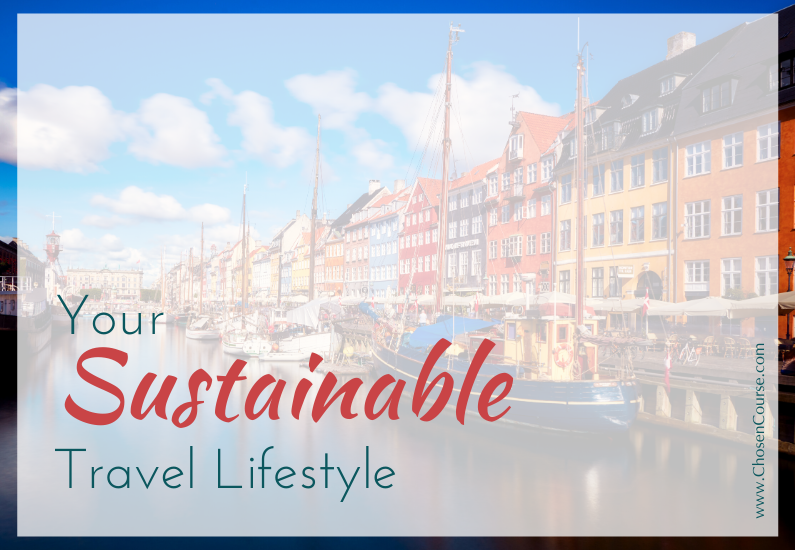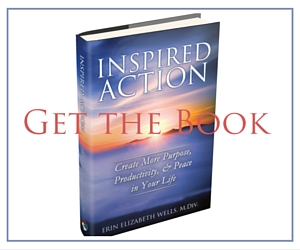I finished my Junior Year abroad in Ireland at the end of April, and then I started the most magnificent summer of my life traveling solo through Europe for 4 months. But, by the time August rolled around I had been fast-traveling for over 3 months, changing locations every few days to a week. Finally, here I was in Copenhagen, and I was DONE. Dead tired, and seriously in need of a rest.
I was only going to be staying in Copenhagen for about 4 days, but what I remember is finding a somewhat couch on the screened-in porch at my hostel and curling up to finish reading The Lord of the Rings. Frodo and Sam were slogging their way through Mordor, and even though I was in the (truly) most boring section of the book, there was nothing I would rather be doing that day that sitting on that porch and reading.

I remember the feeling clearly even now (18 years later *shock*). I was bone tired, and my energy level and interest in spending time around a bunch of other people was just gone. Yes, I’m an ambivert, but I get my energy from being alone. So, I need quiet, private time and space to recharge, and that’s what I was craving. Even though I was traveling solo, I spent most of every day alone in a crowd, and that couch and my book were all the company I wanted that day.
I share this story because, now, having talked to many other digital nomad and location-independent folks, I know that I’m not alone in this experience. This was my first taste of the last of the Burnout Brothers:
- Emotional Burnout– when your feelings are just all over the map, and suddenly you’re angry or crying at the littlest things…
- Mental Burnout– when your brain simply can’t do any more… sluggish is the nicest version. Long bouts of solitaire, and extensive Netflix binge watching are also common signs.
- Travel/Physical Burnout– After wanting to go everywhere for years… now you don’t want to go anywhere. While not depression… it’s that feeling that all you want to do is hold still… like for a year.
Now, I didn’t stay on that couch for a year because I was leaving the next day for Stockholm, and I still had about 3 more weeks of my planned tour of Scandinavia left to go. However, that experience allowed me to learn a lesson that you might benefit from too…
There Are Many Ways to Travel
No, I’m not talking about the difference between car, plane, or boat specifically. I’m talking about developing sustainability in your travel-loving lifestyle. That was the problem that I was experiencing that day in Copenhagen. The pace of my fast-travel tour was simply too much for me to handle for an extended time. It was unsustainable.
When you’re embracing a location-independent lifestyle, there’s an excitement and enthusiasm as you start out. You are thrilled to be free to “see the world!” I remember that feeling too from my first day of that trip.
I started in Paris and literally walked from the Arc de Triomphe down the Champs Elysees to Notre Dame and the Left Bank, then all the way back to my hotel by the Opera. I think it was easily about 10K… and that’s pure walking, not the Metro. I remember the tulips were in bloom, and it was an amazing, spring day in early May.


While all told that was probably the most active summer of my life since I was walking everywhere (and taking trains, buses, and metros between and around towns), it was also physically and energetically exhausting. Granted I’ve never been much of an athlete, so I wasn’t in tremendous physical shape, but I was 21… youth makes up for a lot.
Having had that experience (both the highs and the lows), ever since that summer I’ve imagined taking my travel slower. My Life List (aka Bucket List) has been full of destinations that I want to visit or return to for 3+ months at a time, and that was the vision that Brian and I discussed for years. However, it wasn’t until this past year after our own digital nomad launch that I first learned about the terms “slow travel” vs. “fast travel” or considered what it means to be a “nomad” vs. a “traveler” who has a home-base somewhere and travels frequently.
To that end, I decided to collate a list of different “Traveling Models” that I’ve learned about here. Partially, this post is inspired because I’ve heard stories (particularly from younger digital nomads like I used to be) about folks who seem to have gotten the idea that if you’re not constantly traveling and being nomadic, then you’re doing it “wrong.”
So, here’s a list of Travel Models (which is definitely not exhaustive, but gives a good range):
- Tourist– Has a home base (usually in their home country) where they spend most of each year, then they travel for shorter trips to a few places each year for “vacations/holidays.”
- Location-Independent Traveler– Has a home base somewhere, but they spend large chunks (multiple months) of the year either fast or slow traveling through different places. Usually these folks are working while they’re traveling as opposed to taking time off from work.
- “Full-Timer” – Often used in relationship to Full-time RVers who live “full-time” in their RV and drive around to travel the world. Very common in the US, but also happens throughout the world. Essentially, they bring their “home” (a.k.a vehicle) with them from place to place.
- Cruisers– Who sail around the world, often in a sailboat, but sometimes on cruise ships. It’s the water-version of a Full-Timer whose home is on the boat. I still love hearing the story of the elderly woman who crunched the numbers on living in a retirement home vs. on a cruise ship and discovered that she could actually spend less living all year on the cruise ship, get her own room, three meals a day, a cycle of great entertainment… and get to see the world!
- Digital Nomads– No home base. Essentially constant travel often renting furnished homes in various locations. Can be “fast or slow” staying in a place from several days to multiple months.
- Expat– Has left their home country and essentially settled down primarily in a new place from which they might travel occasionally (like a tourist) or frequently (Like a location-independent traveler).
Part of what’s interesting about our story is that we always assumed that we “needed” to keep a home base. So, for years we kept pushing our travel dreams and plans into the future until we could afford to both keep our home base in Massachusetts (a VERY expensive area of the world) and have additional income to travel.
When we realized that letting go of our home base and becoming Digital Nomads could actually save us money since we could live in many, many places less expensive than the Boston area, I remember it felt like the whole world opened up! Now, because Brian still has a remote corporate job and they require him to stay in the US, it’s not quite the whole world yet… but it will be soon enough. And, there are many beautiful places in the US that we are enjoying exploring.
Aim for Sustainable
Part of the benefit of considering all these options is because if you’ve been trying one Travel Model and feeling burned out, then it might be a good time to consider switching it up and trying another.
Maybe you’re ready to have a home base for a while to travel from? It doesn’t have to be where you’re from… get an inexpensive apartment anywhere in the world that you enjoy.
Maybe you’d like to try settling down as an Expat somewhere you loved visiting for a year or two. You can always still be a tourist and take quick trips from there if you get the travel itch again.
Rent or Buy an RV and drive your home around with you as you travel. There are RVs that are positively beautiful now and truly look like stylish tiny houses. If you haven’t ever seen these custom RVs from @TheFlippingNomad on IG… holy cow. I’ve never been tempted by RV life, but these could make me consider it.
This is your life! Make it what you want! Remember, just because you choose to change your travel model right now doesn’t mean that you’re stuck or locked in permanently. If you’ve been a fast-traveling digital nomad who decides to settle for a year in Mexico that certainly doesn’t mean that you’ve somehow “failed.” The best thing you can do is make the choices that allow you to continually enjoy the travel. What will make it sustainable for you as a lifestyle, not just a romp.
I recently posted on Instagram a quote from Jill Stanton (@ScrewTheNineTheFive) that says “Work consistently, not constantly.” The same thing is true of your travel. If travel is important to your lifestyle, then travel consistently, not constantly. It will be so much more sustainable over time.
My four-month, fast-traveling tour of Europe was also during my summer break of college. I had no job, no family, no responsibilities. I know for sure that it would be a hell of a lot harder to keep up that pace of travel and run my business at the same time. Holy Burnout Batman! So, if that’s been you… honey, you’re a rock star; you’ve done it. Now, take a breath. Find a place to hold still for a little while. Maybe a month, maybe longer. No judgment, just make it work for you!
You can also create a pulse to your traveling. Maybe you slow travel and choose a place to “stay put” for a few months, then fast travel for 2-3 weeks. A pulse like that gives you a nice mix of dedicated travel, exploring, fun time… AND time to just settle in and get stuff done.
Similarly, you might spend 2-3 months at your home base, then slow travel with a month or more in various place in a single region for the next season. There are so many choices, and you can craft your travels however works sustainably for you.
I’m exploring this topic in much more detail including some worksheets and guides to help you find your ideal travel speed and model in my upcoming course The Freedom Evolution which will be launching in January 2020.
If you’d like to make sure that you hear more about the course when it launches, then make sure you’re on the “waiting list” and we’ll ensure you know exactly when the doors open.
And you’ll be the first to hear about my upcoming Free Masterclass – 3 Keys to Feel Productive & Awesome Everyday. So, click the image above, and we’ll keep you posted!



